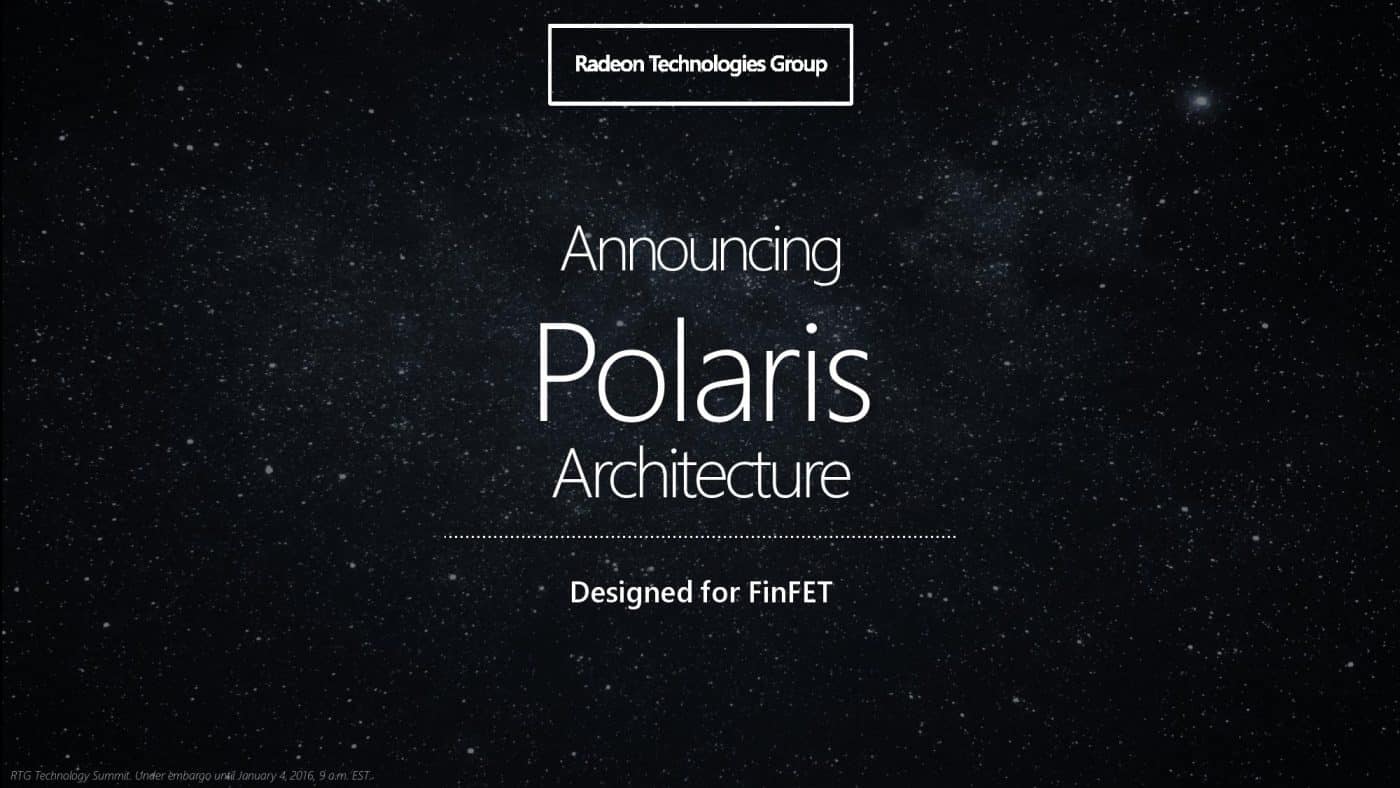Currently the minimum cards that will run VR content are the Radeon R9 290 cards and the GeForce GTX 970. The market currently has 7.5 million deployed units with these types of cards, with the GeForce GTX 970 being the most popular graphics card on the market. In a recent interview AMD’s Roy Taylor confirmed that the Polaris architecture is aiming at the VR market.
When asked why is AMD trying to offer ‘such a power’ in mainstream segment, Roy Taylor replied:
“If you look at the total install base of a Radeon 290, or a GTX 970 or above [the minimum specs required for VR], it’s around 7.5 million units, but the issue is that if a publisher wants to sell a £40/$50 VR game, there’s not a big enough market to justify that yet. We’ve got to prime the pumps, which means somebody has got to start writing cheques to big games publishers. Or we’ve got to increase the install TAM [total addressable market].”
Taylor also added:
“The reason Polaris is a big deal, is because I believe we will be able to grow that TAM significantly. I don’t think Nvidia is going to do anything to increase the TAM, because according to everything we’ve seen around Pascal, it’s a high-end part. I don’t know what the price is gonna be, but let’s say it’s as low as £500/$600 and as high as £800/$1000. That price range is not going to expand the TAM for VR. We’re going on the record right now to say Polaris will expand the TAM. Full stop.”
AMD has also been lowering the price of their mainstream segment, here are the current prices:
– R9 380X — 229 USD
– R9 285 — 249 USD
– R9 280X — 299 USD
– HD 7870 — 349 USD
Source: VideoCardz | News Archive



